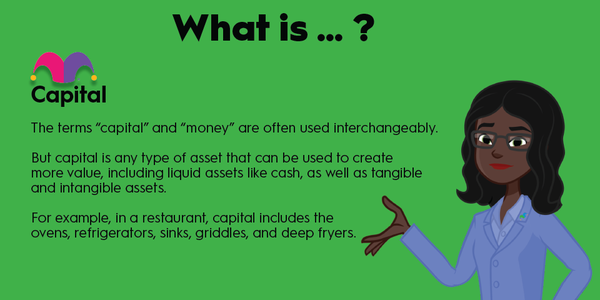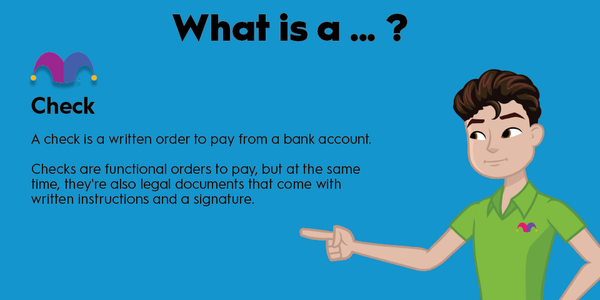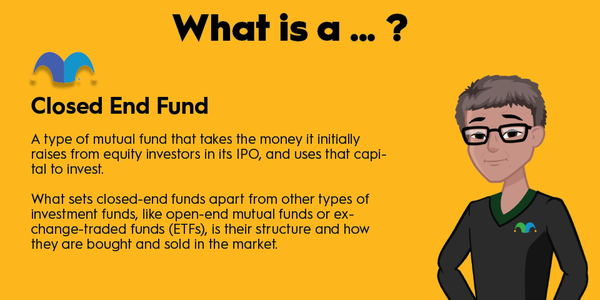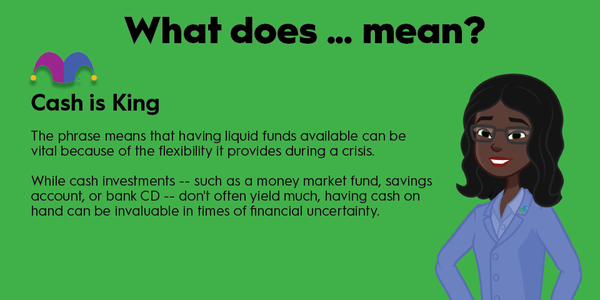Capitalism is an economic system in which individuals and private parties control the means of production and profits are the key driver of economic activity. You’ll find some form of capitalism in virtually every modern economy. Understanding how capitalism works is key to understanding business, markets, and the economy in general.

How it works
How capitalism works
Capitalism is an economic system in which profit-driven private actors, rather than the government, control economic activity. The laws of supply and demand drive the production, pricing, and distribution of goods and services. Although you’ll find elements of capitalism in most economies around the world today, no purely capitalistic society has ever existed. Free-market activity exists, but government intervenes to various degrees.
Adam Smith, the 18th-century Scottish philosopher who penned An Inquiry into the Nature and Causes of the Wealth of Nations, is widely considered the forefather of capitalism. However, Smith never used the word capitalism in his writings, using the phrase commercial enterprise instead. Capitalism didn’t become a widely used term until the late 19th century.
18th-century Scottish philosopher Adam Smith is widely considered the forefather of capitalism.
Defining features
Defining features of capitalism
Capitalism is an economic system based on private property ownership, competition, and limited government; socialism is a system in which government plays a central role in controlling the means of production and resources, along with providing for the basic well-being of its citizens.
Some defining characteristics of capitalism include:
- Competition: Businesses compete for consumer money and aim to maximize profits. Workers also compete against one another, seeking to maximize their wages in the labor market.
- Private property ownership: Private ownership is a cornerstone of capitalism because owners have an incentive to maximize value and earn profits. Although limited government is a key feature of capitalism, protecting property rights is a generally accepted function.
- Self-interest: People are motivated by self-interest, rather than overall societal welfare. However, due to competition within free markets, society benefits from the pursuit of self-interest.
- Freedom of choice: Customers can choose different products or businesses, while investors can pursue better opportunities. Workers can choose among employers and seek jobs that offer better wages.
- Markets dictate pricing: Supply and demand determine the prices of goods, services, and labor.
Pros and Cons
Pros and cons of capitalism
Your perspective on the merits of capitalism and whether the advantages outweigh the disadvantages are likely tied to your political leanings. Here are a few of the commonly cited pros and cons of capitalism.
Pros:
- Innovation and efficiency: Proponents argue that competition among profit-motivated actors spurs the creation of new goods and services. Competition causes businesses to maximize efficiency, which should lead to better prices for consumers.
- Equality of opportunity but not outcome: Theoretically, capitalism is supposed to offer everyone the freedom to compete and succeed, although of course, not everyone will succeed. People often have wildly different opportunities based on circumstances that are beyond their control.
- Freedom of choice: Because freedom is a hallmark of capitalism, customers can choose to spend their money elsewhere if they believe a business creates inferior products or they disapprove of its practices. Competition among businesses to attract labor is supposed to create better wages and conditions for workers.
Cons:
- Competition for profits may have adverse outcomes: When companies relentlessly pursue profit, it can lead to negative outcomes. For example, companies may be motivated to cut corners at the cost of the environment or public health. Critics also worry that maximizing efficiency could lead to widespread loss of jobs as businesses replace workers with robots and artificial intelligence.
- Inequality: Capitalism is often cited as a driver of inequality. People who have less ability to compete or who don’t succeed are often left behind with little social safety net.
- Workers often lose out: Although proponents argue that capitalism forces employers to compete for workers, critics argue that competition can create a race to the bottom for workers. Someone will typically be willing to do a job for less money, which can lead to lower wages and worse working conditions.
Example
An example of capitalism
Capitalism and socialism are often presented as opposing schools of thought. In reality, however, many modern economies feature elements of both.
For instance, the United States is widely seen as a capitalist country. The ability to earn profits, seek better opportunities, and own private property are defining features of the American dream. However, the U.S. is actually a mixed market economy, meaning it has characteristics of both capitalism and socialism. For example, the U.S. government builds roads and other infrastructure, provides universal education for K-12 students, and offers basic safety nets, like Supplemental Security Income (SSI) and Medicaid.































































































